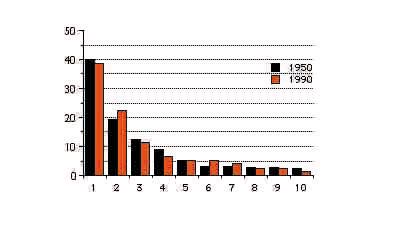 |
Folkrörelser och Protester Start | Om oss | Forum | Nordiskt
nyhetsbrev | Kampanjer | Datum |
Uppslagsverk | Folkrorelser
| Arbetare | Allmänningar
| Bönder | Fred
| Kvinnor
| Miljö | Övriga | |
 |
Updated dec 2005
ContentPreface1. The actors: states, capital and peoples' movements2. The stage: the world3. Peoples' movements before the world market system4. Local communities' defence against the world market system5. Wage labourers' defence against capital owners6. System peripheries' defence against the center7. Agriculturalists' defence against the food markets8. Marginalized peoples' aspiration for equality9. The self-defence of civil society10. The peoples' movement systemIn Swedish |
|
